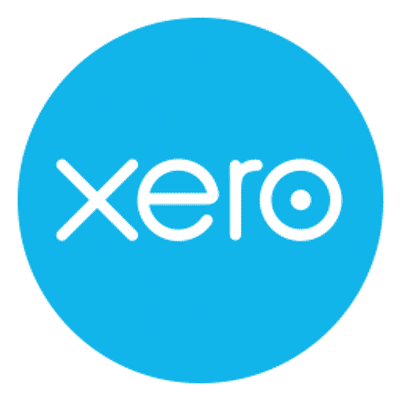Reckon One is a Accounting Software. Reckon One offers Accounts Payable, Accounts Receivable, Bank Reconciliation, Billing and Invoicing, Cash Management and many more functionalities.
Some top alternatives to Reckon One includes Quickbooks, Xero, Freshbooks, Kashflow and QuickBooks Payroll.
No, Reckon One doesn't provide API.
Yes, Reckon One provides a mobile app.
Reckon One is located in North Sydney, NSW - 2060
Reckon One offers Free Trial, Subscription pricing models
Yes, Reckon One can integrate with Zoho CRM, WooCommerce, Shopify, Zapier and many more.You can find more integration for Reckon One here
The starting price is not disclosed by Reckon One. You can visit Reckon One pricing page to get the latest pricing.




















